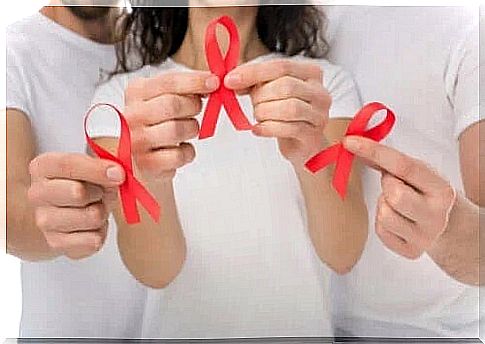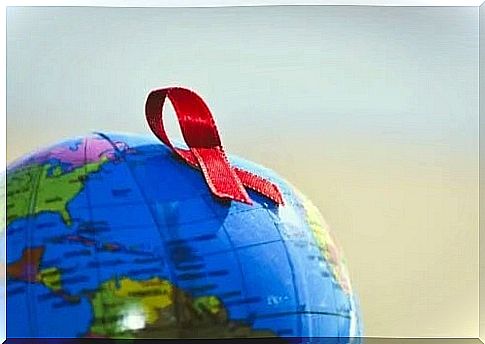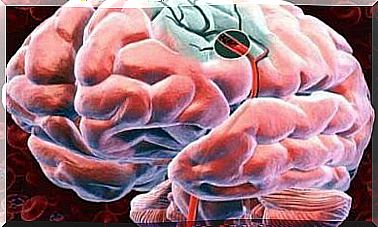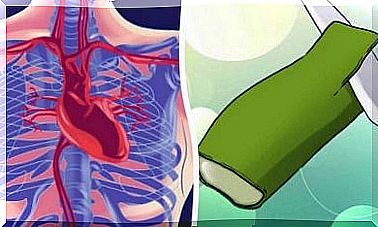Symptoms Of HIV Infection (immunodeficiency Virus)

The symptoms of HIV infection (human immunodeficiency virus) vary, because the disease does not manifest itself until it reaches an advanced stage. Therefore, it is difficult to detect the infection in time. However, laboratories have made great strides in the quality of the tests they use.
Knowing the possible signs of the disease is the key to its early detection. Based on them, doctors can prescribe treatments that greatly improve patients’ quality of life. They can also help them cope with the complications of this pathology.
What is the HIV virus?
These receptors allow the virus to enter human cells (specifically, CD4 + lymphocytes, which are the body’s defense cells responsible for organizing the immune system). Lymphocytes are unable to function and the body is defenseless against other infections.
Stigmatization of patients with symptoms of HIV infection has led to the emergence of all sorts of myths. People used to believe that the virus is transmitted through air and water. They also thought that mosquitoes and other insects could transmit it. Similarly, they believed that they could contract the disease through contact with the sweat of an infected person.
- The virus does not survive long outside the human body and cannot reproduce without a host.
- Therefore, it is impossible for it to be transmitted by air or water.
- HIV can only be transmitted through certain body fluids, such as blood or semen, but not through sweat, tears or saliva. Hugs, handshakes, sharing the toilet or giving a courtesy kiss to an infected person are not risky.

Transmission of human immunodeficiency virus
- T
Symptoms of HIV infection
Initially, the virus causes flu-like symptoms: fever, fatigue and joint pain when the virus enters the bloodstream and reproduces. People often confuse these symptoms with a common cold.
This flu-like clinical picture disappears and the person feels well again after a few weeks or days. However, the virus does not go away. In fact, HIV remains dormant in lymphocytes and lymph nodes. After a few years, it comes out of hibernation and begins to multiply. However, things depend on each infected person.
As the affected person becomes defenseless, other viruses, bacteria and fungi are able to infect him. Microorganisms that do not usually cause problems in a healthy person lead to serious infections in a person with HIV. Therefore, we can say that these types of pathologies are opportunistic.
- Pneumocystis jiroveci causes severe pneumonia, affecting both lungs without expectoration or chest pain. The infected person will also have a constant fever and a feeling of suffocation.
- Pulmonary and extrapulmonary tuberculosis. Most people exposed to this bacterium manage to stop the infection and prevent its evolution. However, the defense is not enough in the case of HIV.
- Cerebral toxoplasmosis. Toxoplasma is a parasite found in cat feces. Most people have had contact with this parasite at some point, but the disease never develops. The virus reappears and is deposited in the brain in situations of immunosuppression.
- Digestive candidiasis. One of the symptoms of HIV infection in the digestive tract is gastroenteritis caused by rare fungi, such as Candida albicans.
There are neoplasms that typically develop in HIV patients. These are types of cancer that are not as common in other people and that develop due to immune system problems in identifying abnormal cells. The most common type of cancer is Kaposi’s sarcoma.

What should we do when we detect possible symptoms of human immunodeficiency virus infection?









